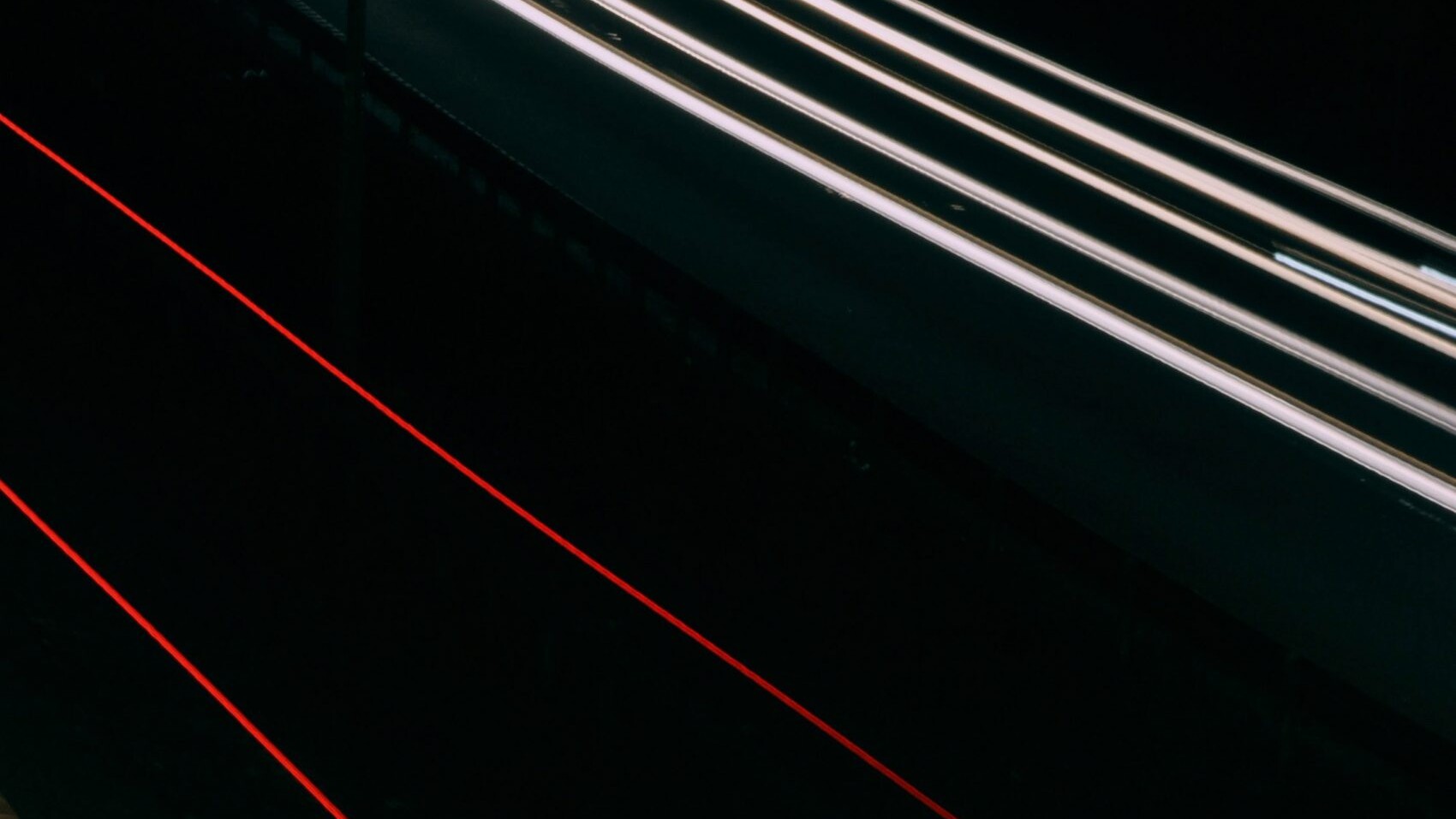Creative Visionaries Amplifying Street Arts Renaissance
What is it about the allure of street art that crosses over from generation-to-generation?
Perhaps it’s the abstract, expressive storytelling that transcends cultural barriers.
Street art is a genre of contemporary art that’s globally accessible and coveted commercially, embraced by communities across the globe. Often found in urban environments, street art succeeds in capturing attention and hinting at uncovered creative brilliance. It’s no surprise that street art techniques have been adopted by brands that rely on fluid interface animations – the style translates magnificently and seamlessly on digital channels. Although the idea of graffiti can be loosely associated with confusing or chaotic, street art really is becoming more polished than ever before.
And so, its influence continues to ascend at an extraordinary rate.
Street art has taken center stage as a leading design strategy that’s teed up for global audiences. This year, its visibility and popularity has seen a meteoric rise, and the revival has a lot to do with paying homage. Hundreds of murals have shone as breathtaking, timeless tributes honoring the late great Kobe Bryant, while others have emerged as powerful displays of activism against social injustices. More often than not, street art ambitions are mission- and purpose-driven.
Regardless of motive, the world ought to know about creative dreamers behind the blank canvas. Here are some visionaries headlining the street art movement that are deserved of that spotlight.
Hebru Brantley
Chicago is home to some magical creative inspiration.
Take a walk around the city and you’ll find mesmerizing street art in just about every pocket. Generations are being bridged in Uptown. In conjunction with local brands, the Chicago Public School system (specifically, CPS Lives) is leveraging street art as a platform for messages of unity and meaningful community change. The Shedd Aquarium featured a number of local street artists across neighborhoods like Englewood, Bronzeville and Logan Square to celebrate & promote its “Underwater Beauty” exhibit in 2018.
But maybe no Chicago-born street artist has been more transcendent in recent memory than Hebru Brantley, whose work continues to represent a microcosm of what modern audiences gravitate towards with the street art genre: dimension, grace and playfulness.
Brantley’s narrative-driven concepts use the “lineage” of murals and graffiti as a launch point to depict snapshots of the Afro Cobra movement prevalent on Chicago’s South Side during the 1960s and 70s. In the process, he explores complexities around themes of nostalgia, mental psyche, power and hope. According to his bio, Brantley’s work “challenges the traditional view of the hero or protagonist,” where the characters used as subjects (FLYBOY and LIL MAMA) are portrayed with iconic aviator goggles (as a nod to the Tuskegee Airmen of times past). These characters were largely inspired by Brantley’s consumption of comic books in childhood. Brantley has left an indelible mark both locally and internationally, painting murals in several Chicago neighborhoods and rightfully earning exhibitions in places like London, Tokyo, Switzerland and beyond. The results are always stunning.
Brantley parlays his design and media illustration background into a diverse product strategy that accentuates the recognizability of his theme (particularly, the signature aviation goggles). Recent collaborations include a branded bottle project with Bombay Sapphire US, a branded “Champions Edition” basketball with Wilson Sporting Goods, and a themed “Hebru Brantley Night” with the Chicago Bulls back in early-March consisting of promotional bobbleheads. Brantley leverages the scale of e-commerce systems with his online shop (“Hebru Brand Store”).
From an experiential perspective, in October 2019, Brantley activated the FLYBOY Universe through an interactive, immersive 6,000 square-foot art installation called “Nevermore Park” within Chicago’s Pilsen neighborhood. The installation familiarized audiences with the story of Brantley’s characters, highlighting various chunks of both U.S. & Chicago history and setting the tone for a more lucid understanding of his larger-than-life design approach and hometown legacy.
It’s Hebru’s world, and we’re just living in it.
Brantley’s breadth of work and range of partnerships cement him on the short list of world-class visionaries who are constantly evolving and re-imagining cultural impact. Simply put, Hebru Brantley is a beloved street artist whose imagination and spirit won’t fade away any time soon.
Blue The Great
Over the years, the synergy between street art and pop culture (in particular, music) has been tangible. Artists feature icons in ways that inexplicably resonate with audiences, beyond just the visual representation. There’s a palpable connection. For proof, look no further than the masterpiece honoring Brooklyn symbol of hope The Notorious B.I.G. (“The Rap Alfred Hitchcock”) by New Zealand artist Owen Dippie. Even consider a music and entertainment giant like Mass Appeal, which humbly began as a graffiti magazine in 1996.
This congruence sets the stage for Bryan “Blue The Great” Blue – a gifted, tenacious artist who embodies a continuation of street art’s momentum and roots in pop culture, channeling a youthful design approach and “mummified” style that’s, well, fresh to death. And he does so fearlessly, thriving on risk-taking – not only as a muralist but also as a sculptor, painter, photographer, graphic designer and more.
Blue’s defiant spirit is evident in his impressive body of work as he tries to find a balance between ubiquity and subtlety, according to an interview with Jordan Brand. The mummy-wrapped style shines through when bandages obscure faces of “contemporary royalty” that would otherwise be immediately recognizable. Across all his specialties, subjects have expanded to include a broader definition of “icon” – celebs, actors, rappers, even characters like Mickey Mouse or the American flag. Beyond the mummification, vibrant primary colors are often finessed as another trademark characteristic of Blue’s projects that are always pushing the creative envelope.
With such a pulse on pop culture, Blue The Great has notched several high-profile brand collaborations to his belt including partnerships with Air Jordan and Beats by Dre, as well as an authentic project with West Coast streetwear brand The Hundreds earlier this year. Blue is also an ace-in-the-hole designer for Los Angeles-based hip-hop empire Top Dawg Entertainment (TDE), responsible for the album artwork of rapper Isaiah Rashad’s The Sun’s Tirade (2016). Through the relationship with TDE, he has teamed with phenom Kendrick Lamar on various projects too.
Make no bones about it – with a creative prowess like Blue The Great’s, he just might have the world of street art on a string.
It’s undeniable that Blue The Great is as talented and versatile as any street art designer today, an elite visionary with a youthful “mummified” style that’s already woven deeply into the fabric of pop culture. As a true “hybrid” artist, he has accomplished more in a few years than many are able to accomplish in a lifetime. Blue has impressively taken the visual arts world by storm in just a short period of time and has a bright future on the horizon.
Kenny Scharf
Compelling street art design styles should, almost immediately, either click with audiences or cause those audiences to stop and think… or maybe both.
Kenny Scharf’s style definitely has that mojo. Mojo that’ll generate a gut reaction and leave a lasting impression. A painter at heart, Scharf climbed the ladder as a street artist in the East Village art scene of the 1980s alongside illustrious contemporaries like Keith Haring and Andy Warhol. He was one of the first artists to intertwine elements of street culture into mainstream contemporary art.
Today Scharf is acclaimed for cartoon-like installations that are heavily influenced by abstract expressionism and pop art themes. His graffiti paintings fall within the category of “pop abstract surrealism,” featuring anthropomorphic/alien-esque creatures possessing a ‘supernatural’ aura of quirkiness. From an imagery standpoint, the inspiration that Scharf has drawn from TV shows like The Jetsons, The Flintstones and The Simpsons has been well-documented.
Throughout the range of his extensive portfolio, Scharf plays on concepts of earth, space and artificiality. Similar to the aforementioned artists, because of Scharf’s distinctive and “signature” design style, he has a propensity to execute both large-scale immersive experiences and a sound merchandise strategy. Most notably, his “The Heavens and the Earth” exhibition at Space Center Houston was rolled out spectacularly during NASA’s 50th Anniversary celebrations of Apollo 10.
In many ways, Kenny Scharf’s spin on street art is all about looking back while moving forward. He continues to pave the way for today’s up-and-comers that are still “sharpening the axe” and refining their respective craft. At the same time, Scharf continues to evolve in his own right, marching by the beat of his own drum with a style that will be forever memorable and never duplicated.
Depending on your generational perspective, street art has either arrived or returned as a dynamic design strategy with tremendous energy for global audiences. The contemporary genre is flourishing as the “blank canvas” of choice for storytelling, culturally relevant for communities seeking a splash. With its compatibility on digital channels, street art’s recent dominance forecasts to also have considerable implications on the next generation of design talent and design styles moving forward.
Today’s visionaries that are shaping the renaissance continue to influence with poise and command over a diverse, jaw-dropping portfolio of work. The most prolific street artists have a rare knack for tapping into these global audiences through iconic, recognizable design attributes that can span the lines of immersive experiential activations or eclectic product/merchandise strategy. Sky’s the limit, really.
And as a result, the allure of street art stands frozen in time.
Related Articles
The Importance of Grids in Design
July 12, 2024
Design Systems and AI Technology
April 9, 2024



